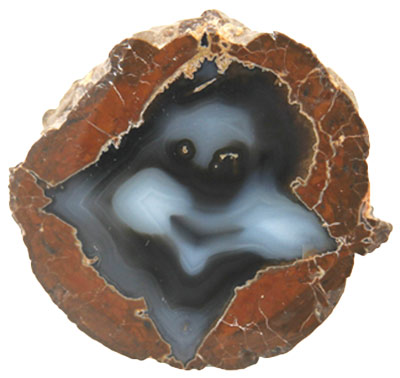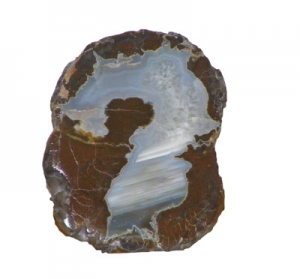Roxy Ann Gem & Mineral Society Annual Gem & Mineral Show Amazing World of Rocks!
What do a grain of sand, a pebble in your driveway, or a giant boulder perched on a hillside have in common? They are all loosely called “rocks.” Stop for a moment and think about all the rocks you have seen. They’re all amazing with different shapes, sizes, textures and colors. Scientists have studied all these properties and classified them. Geology, was one of the first major sciences to investigate rock structure and classification.
A major court case is shaping up over a rock that was found by NASA’s Opportunity Rover on Mars. The rock has a bright red center and white exterior. It resembles a jelly doughnut, and has a chemical composition unlike any found before on Mars. The claim is that it might not be a rock at all, but may be an indication of life on Mars!
What’s the most amazing rock you have seen? How would you classify it? Size, shape, color, and texture are some of the properties that could be used when classifying a rock. Some float on water, some you can write with, and others are transparent so you can see through them. There are magnetic rocks that attract metal and can be used in a compass. The chemical composition of a rock may be difficult to understand and obtain, however, there are several simple tests that help. Learn about these tests and how the “pros” identify rocks at our April gem and mineral show. Bring a rock you’d like to identify and try to stump the experts!
Cutting the rock open to see what it looks like inside can help with identification. We have many interesting rocks in our museum and on display at the gem show. One of our most famous Thunder Eggs has a picture of “Casper the Friendly Ghost.” And when cut, another revealed a Question Mark! There are so many unique patterns, crystal structures, and other identifying clues in every rock. One of the more modern scientific techniques is radioactive dating to determine the age of a rock.
Polishing a flat or rounded surface is one of the lapidary arts we have on display at the gem show. Polishing brings out the beauty that exists in many rocks. Another lapidary method is faceting. This involves polishing a clear gem stone with many flat surfaces in a geometric pattern that can also enhance its beauty. These methods date back to AD 600 and have been improved upon in modern times with machines for cutting and polishing.
We hope our gem show, Amazing World of Rocks, gives you an appreciation of why rocks are truly amazing!
Roxy Ann Gem & Mineral Society Annual Gem & Mineral Show Amazing World of Rocks!
Saturday, April 5, 9am-5pm & Sunday, April 6, 10am-4pm
Admission: Adults, $4; Seniors (55+), $2; Students (7-18), $2; Children 6 and under, FREE
Olsrud Arena, Jackson County Fairgrounds
For more information, call 541-664-6081.
Featured Image Caption: “Casper the Friendly Ghost” rock
Posted March 25, 2016

